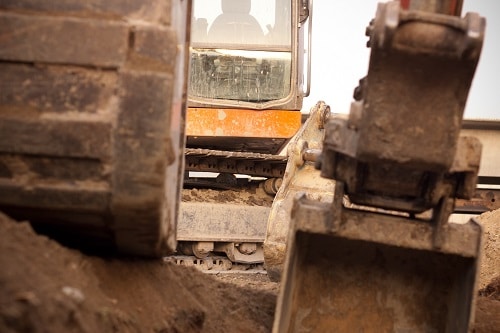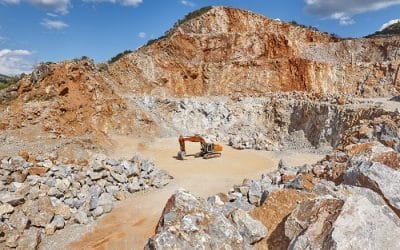Hydro Excavation
Hydro excavation is an exciting form of excavation using a completely different method than an operator in an excavator. Hydro excavation uses pressurized water to move or remove soil, and through an air conveyance system, the soil is then sucked by vacuum into a tank for easy removal.
Why Hydro Excavation?
So why use water when you have access to a bucket excavator? There are a couple of excellent reasons for doing so.
Subsurface utilities and other structures are a major part of our modern lives. We are now at a point where so many are in our cities; hydro excavation has become the method of choice when digging a trench or channel in these areas.
Hydro excavation is one of the best ways to excavate an area with buried cables or other underground elements. This is because it minimizes damage to these underground elements and reduces job site hazards for employees.
There’s another good reason to use hydro excavation, and that is in parts of Manitoba, where the ground freezes in the Winter. Sometimes frozen ground can be difficult to dig through with a standard bucket excavator, but hot water hydro excavation can slice through the frozen ground with relative ease.
Combine this with the risks for subsurface structures and utilities, and suddenly breaking through the frozen ground using mechanical methods seems pretty risky.
How Hydro Excavation Works
Hydro excavation equipment is often a combination of one of two types of vacuum systems (fan system and displacement blower system) in addition to high-pressure water.
The water cuts into the ground and breaks up the material, turning it into a wet slurry, then sucked through the vacuum and into a debris tank. The debris tank is then emptied at another site, and the process repeats.
Fan System: These systems have a high output due to their ability to move air quickly and in large volumes.
They are good for removing large amounts of material in shorter lengths, though they cannot remove material over long distances compared to a displacement blower.
Displacement Blower System: These systems can move material over much longer distances or from greater depths. The downside is these systems work at a much slower pace than a fan system. As you can see, both systems have their strengths and weaknesses.
Benefits of Hydro Excavation vs Mechanical
Hydro excavation is the way to go when digging in the city or an area with potential underground elements/hazards. Its accuracy and lack of heavy equipment improve your damage control ability and reduce job site hazards – improving safety.
The ability to avoid damaging underground pipes, cables, or power lines, saves money needed for repairs or restorations in the event of an error.
Reducing your repairs also saves overall project time. In the end, hydro excavation can save you and your company a lot of money when used in the right applications. Talk to the team at Trenchless Pros about setting up a consultation to discuss your next project.




0 Comments